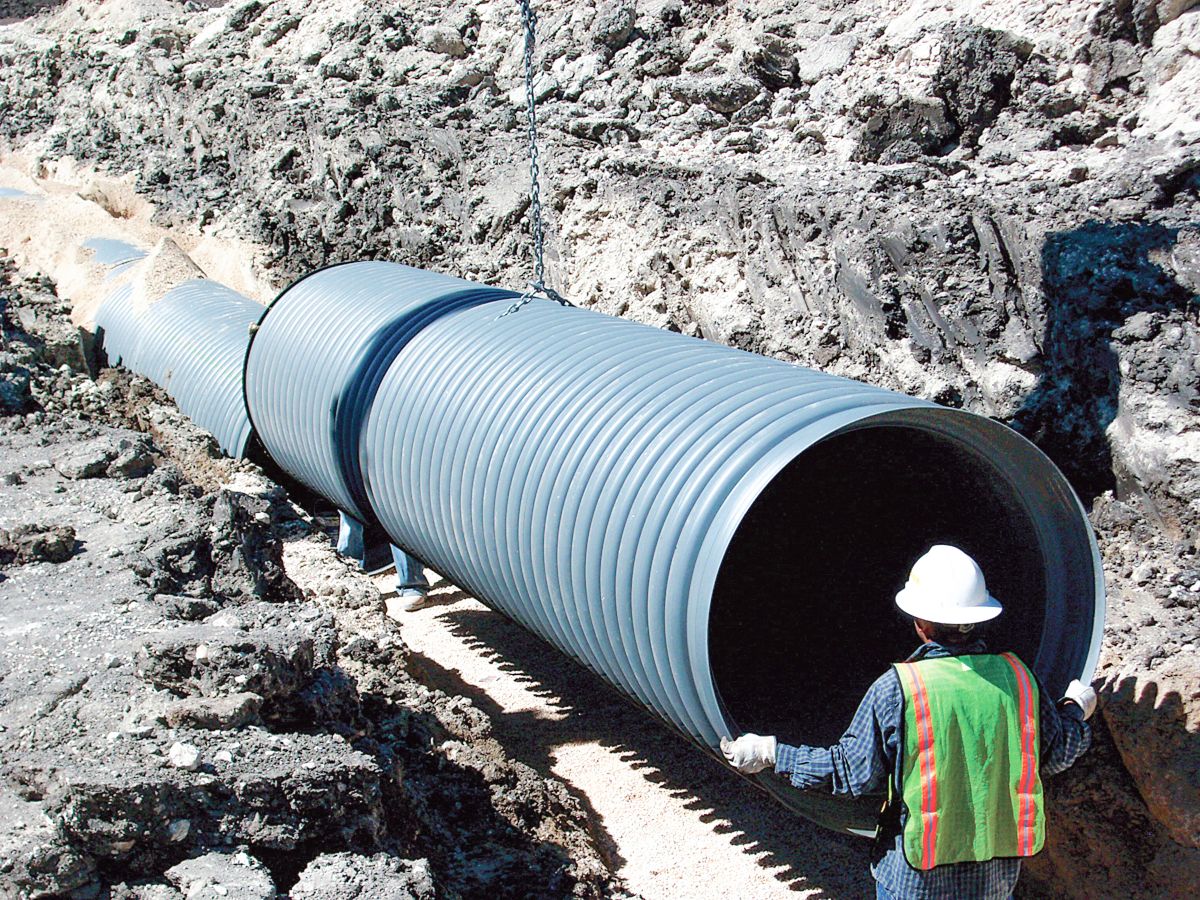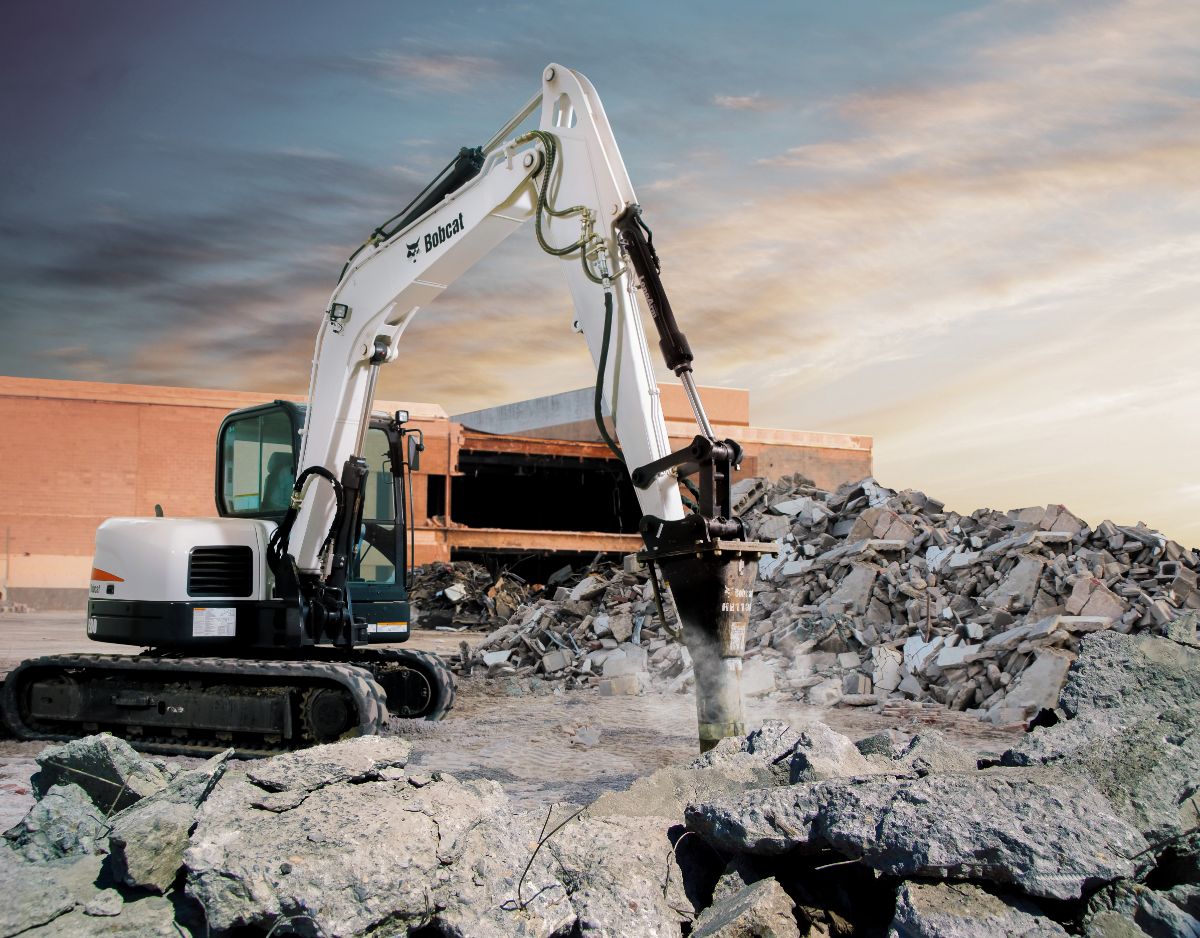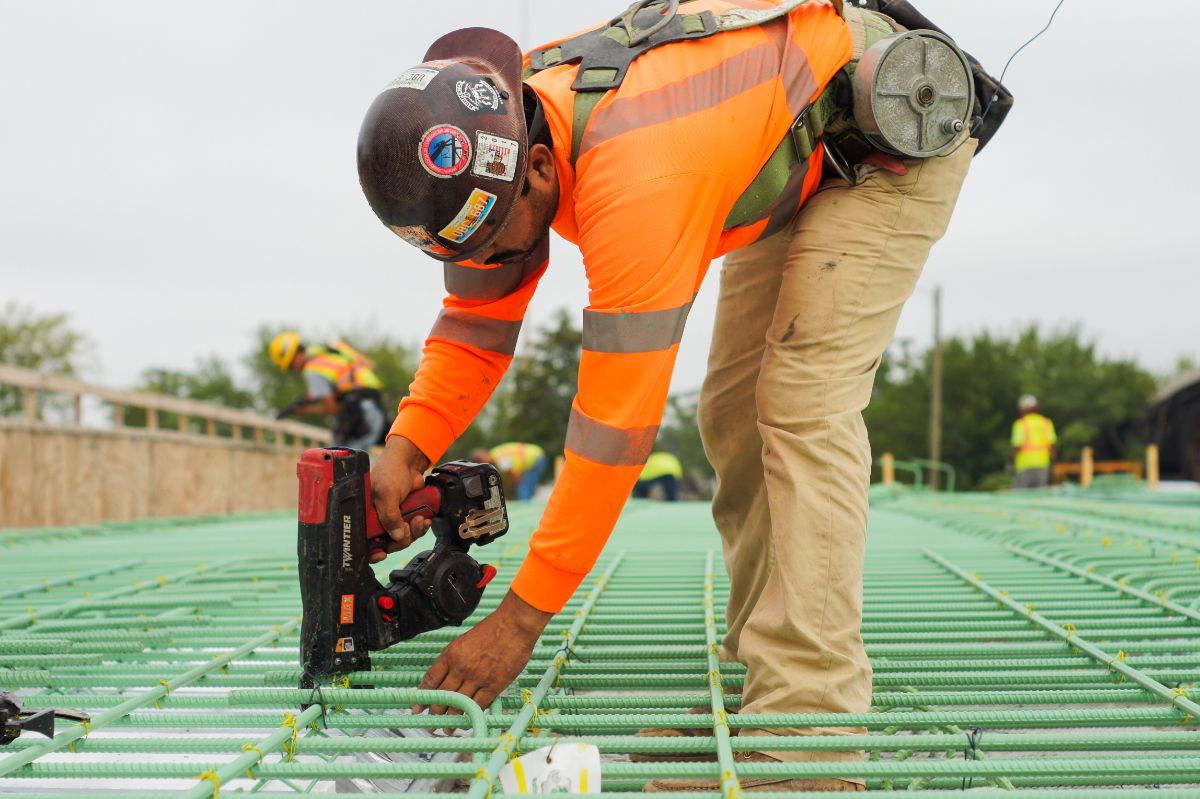With winter fast approaching in the Mid-South (or already here, depending on your tolerance for the cold), the risk of cold stress is rapidly increasing as well. It doesn’t have to be snowy or icy outside to threaten cold stress—in fact, hypothermia, a symptom of cold stress, occurs most often in the spring and fall.
Hypothermia and frostbite are both more common symptoms of cold stress, but understanding what these symptoms look like, being aware of other warning signs of cold stress, and knowing how to best prevent them, can help keep your crew safe and prevent unnecessary delays. Read on to learn more about preventing cold stress on the jobsite.
How Cold is Too Cold?
Since, despite its name, cold stress isn’t solely tied to sub-zero temperatures, a better question might be: what weather conditions make cold stress a serious risk?
There are four factors that contribute to cold stress: low temperatures, high or freezing wind, dampness, and cold water. The colder the working environment, the harder your body has to work to maintain a healthy core temperature. So, though it’s obvious that being underdressed in below freezing conditions could bring about cold stress, it’s important to understand that it could also happen in middling temperatures combined with freezing rain or wind.
Wind chill is an important factor to track when evaluating the risk of cold stress. The higher the wind speed and the lower the temperature in your work environment, the greater the risk. When we’re in cold environments, our bodies direct huge amounts of energy to maintain our internal temperatures. Over periods of prolonged exposure, your body will redirect blood flow from your extremities like your hands, feet, and outer skin to your core areas like your abdomen and chest.
This process is great at ensuring that your vital organs continue to function properly, but it means that your exposed skin and extremities will cool rapidly, increasing your risk of illnesses related to cold stress.
Watch for Symptoms and Know How to Treat Them
When your body can’t maintain core temperature by redirecting blood and constricting blood vessels, you’ll start to shiver. At a certain point of cold exposure (usually when your body’s temperature has fallen below 95°F), you’ll begin to severely shiver, and hypothermia and other cold-related illnesses will become a serious threat. Some of the more common illnesses include:
Hypothermia
Hypothermia literally translates to “low heat” and is a serious health condition. It happens when your body loses heat to its environment faster than it can be replaced. Symptoms begin with shivering, and, as body temperatures continue to fall, slurred speech, poor coordination, and memory loss develop. Once their body temperature falls to around 85°F, the person may lose consciousness, and at 78°F the person could die.
Anyone working in a cold environment may be at risk for hypothermia, but risk factors include age and certain medications. Proper treatment depends on the severity of the hypothermia.

Frostbite
Frostbite occurs when layers of skin tissue freeze. Most cases of frostbite are caused by a victim touching cold metal, as metal transfers heat away from the skin very quickly, but frostbite from exposure is very common as well. Frostbite typically affects the extremities, particularly the face, ears, fingers and toes.
Trench Foot
Also known as immersion foot, trench foot occurs when the feet are submerged in cold water for long periods of time. It’s very similar to frostbite, but usually less severe. Typically, initial symptoms will include a tingling, itching, or burning sensation, accompanied by blisters.
To treat trench foot, soak feet in warm water, then wrap them in bandages. Warm, sugary drinks can help, too.
Plan Ahead to Keep Your Crew and Yourself Safe
Planning ahead for work in cold weather is the best way to be prepared. Being aware of the four factors related to cold stress (low temperatures, high or freezing wind, dampness, and cold water) and how they’ll converge at your job site will help you adequately prepare and keep yourself safe.
Wearing appropriate clothing and paying attention to how your body is reacting to the cold is also important, and avoiding alcohol, smoking, and certain medications can help minimize your risk.
Wearing the right clothing is the best way to avoid cold stress. We recommend wearing at least three layers:
- An outer layer to break the wind and allow some ventilation (like Gortex® or nylon)
- A middle layer of down or wool to absorb sweat and provide insulation even when wet
- An inner layer of synthetic weave to allow ventilation
You should also wear a hat and appropriately-fitting insulated boots and gloves to protect your extremities and prevent heat loss. If you get hot while working, you can open your jacket, but leave your hat and gloves on. Keep a change of dry clothes around in case your work clothes become wet, and avoid tight clothing which could restrict blood flow.
Don’t forget to drink plenty of liquids, with care to avoid caffeine and alcohol that could increase your risk of dehydration. Take regular breaks out of the cold to prevent prolonged exposure, and try to work in pairs or small groups to keep eyes on each other and watch for signs of cold stress.
Site managers and crew leads should use radiant heaters to warm their workers, and take care to shield work areas from wind or drafts. Use insulating material on equipment handles when temperatures drop below 30°F to prevent frostbite.
Finally, employees and supervisors alike must be trained to detect early signs of cold stress. Allow workers to interrupt their work if they or their coworkers are uncomfortable or fear cold stress. Supervisors should ensure that work schedules make room for appropriate rest and warming periods and that employees have break spaces that are warm, dry, and have rehydrating liquids available. Use appropriate engineering controls, personal protective equipment and work practices to reduce the risk of cold stress.

Plan Ahead and Keep Your Project Moving with Williams Equipment & Supply
Whether you need expert advice on cold-weather work or high-quality rentals to keep your site warm and your workers safe, you can count on Williams Equipment & Supply. Every winter we help sites across the Mid-South protect their workers and get their projects done on time, and we can do the same for you!
Contact the Williams Equipment & Supply nearest to you to speak to our friendly, knowledgeable team and get what you need to make it through the winter season.
